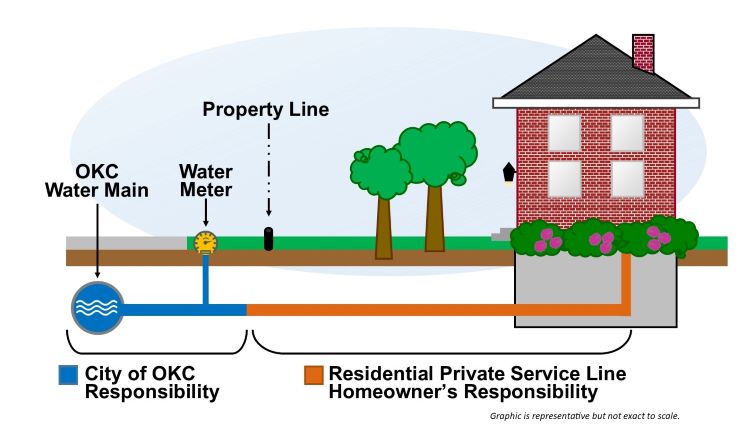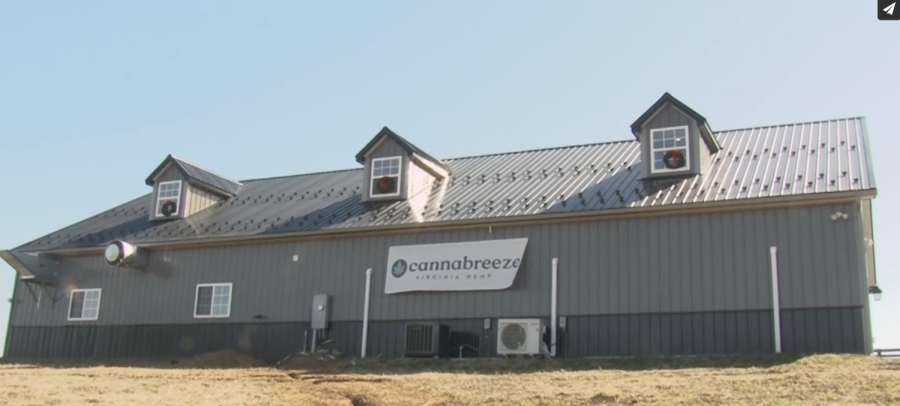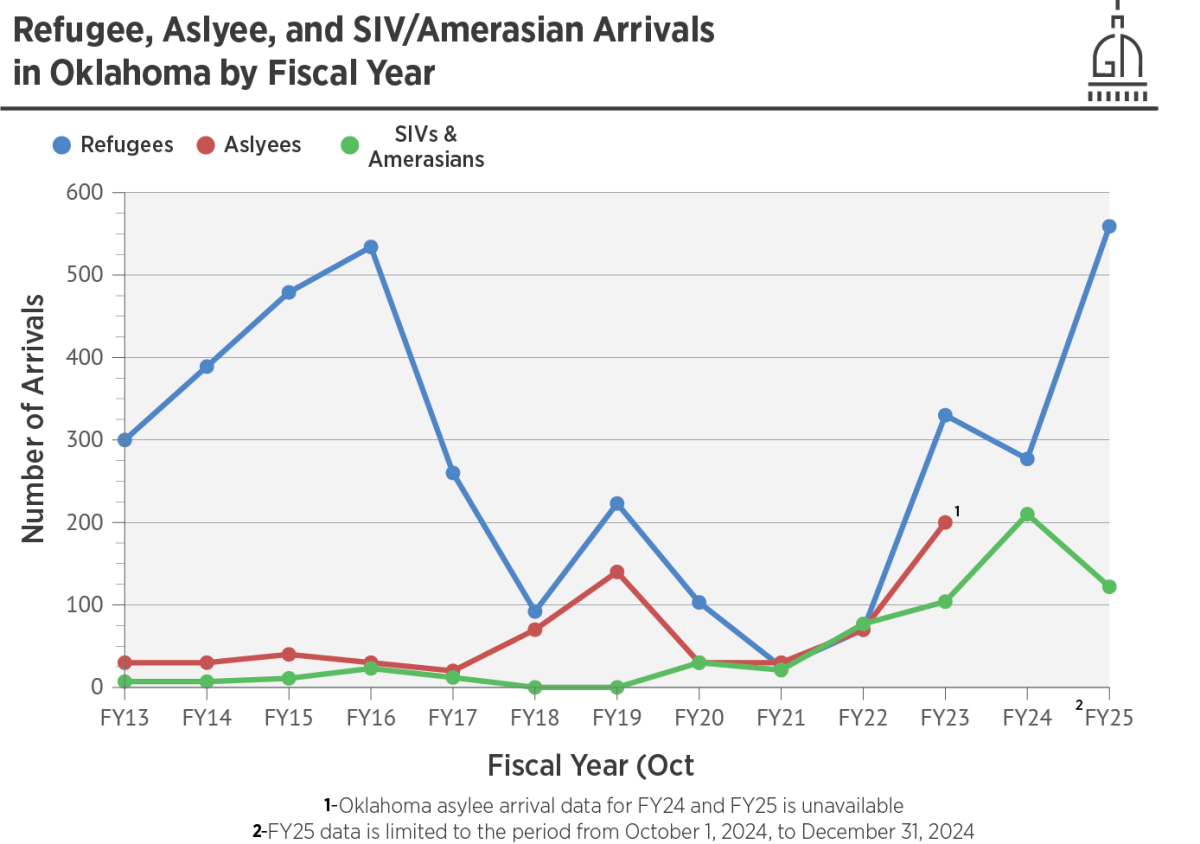Joe Biden was vice president when a public health crisis exploded in Flint, Michigan, over drinking water contaminated by lead leaching from the water distribution lines into every home and school.
Now President Joe Biden and the U.S. Environmental Protection Agency is using money from the Bipartisan Infrastructure Law to replace thousands of lines running from water mains to homes and schools including nearly 13,000 in Oklahoma.
The EPA announced earlier this month $36.2 million in funding for Oklahoma to protect communities from lead in water and to ensure clean drinking water. While 12,409 lines will need to be replaced, the EPA’s 7th Drinking Water Infrastructure Needs Survey and Assessment found that an additional 16,457 service lines may contain lead. In total, 2.1% of Oklahoma’s service lines may contain lead.
Service lines carry water from a public water main to businesses and homes. Replacing those water lines is not cheap.
Oklahoma would need over $6 billion to remediate its water distribution and transmission system, according to the EPA.
Lead in water service lines can have harmful impacts on people’s health.
“We’ve known for decades that lead exposure has serious long-term impacts for children’s health. And yet, millions of lead service lines are still delivering drinking water to homes,” said EPA Administrator Michael S. Regan.
A 2022 study by the Proceedings of the National Academy of Sciences found that many people in the U.S. were exposed to harmful lead levels in early childhood.
“We estimate that over 170 million Americans alive today were exposed to high-lead levels in early childhood,” the authors of the PNAS study wrote. “We estimate population-level effects on IQ loss and find that lead is responsible for the loss of 824,097,690 IQ points as of 2015.”
“The scope of such widespread exposure, particularly from the late 1950s to early 1980s, suggests the legacy of lead continues to shape the health and wellbeing of the country in ways we do not yet fully understand.”
In 2018, a National Institutes of Health study found lead exposure leads to faster cognitive decline, a greater likelihood of developing Parkinson’s disease and the increased presence of biomarkers of Alzheimer’s disease.
According to the CDC, there is no known safe amount of lead in a person’s blood. Lead exposure can cause damage to the brain and nervous system, slowed growth and development, hearing and speech problems and learning and behavior problems such as criminal behavior.
The EPA estimates that 9 million homes nationally receive water through legacy lead pipes. Many of these pipes are in lower-income communities and communities of color. The EPA said that this creates disproportionate lead exposure burdens for such families.
Officials have been moving aggressively over the past three years to identify and replace water service lines.
In 2021, the EPA announced revisions to the Lead and Copper Rule. The new rule sets a deadline for water systems. They must report data on their lead, copper, or galvanized steel service lines. Water system operators had until Wednesday, Oct. 16, to submit their data.
In 2023, KOSU reported that Oklahoma City planned to inspect 8,500 homes built before 1987 to check for lead-containing service lines.
In May 2017, the state of Oklahoma released a one-page flyer offering tips to combat lead exposure. Oklahomans living in a community with high levels of lead or in a home built before 1986 should flush their pipes after they have not used the water for six to eight hours, use cold water for cooking, drinking, making baby formula, and cereal, test their water, research whether the service line connected to their home is made of lead, and get tested if they are pregnant or have children.
On Oct. 8, President Joe Biden announced a commitment to replace every lead pipe within a decade. Since 2021, over 367,000 lead pipes have been replaced. The funding to Oklahoma is part of $2.6 billion in funding to replace all lead pipes in the United States.
The funding is part of the Bipartisan Infrastructure Law. Funding will flow through the Drinking Water State Revolving Fund, a low-interest loan program available to states through the EPA.
According to an EPA press release, 49% of the $36.2 million must go to disadvantaged communities. The funding must be grant funding or principal forgiveness that does not have to be repaid.
Kevin Eagleson is reporting from Gaylord News’ Washington bureau this fall as part of an OU Daily scholarship.
Gaylord News is a reporting project of the University of Oklahoma Gaylord College of Journalism and Mass Communication. For more stories by Gaylord News go to GaylordNews.net













